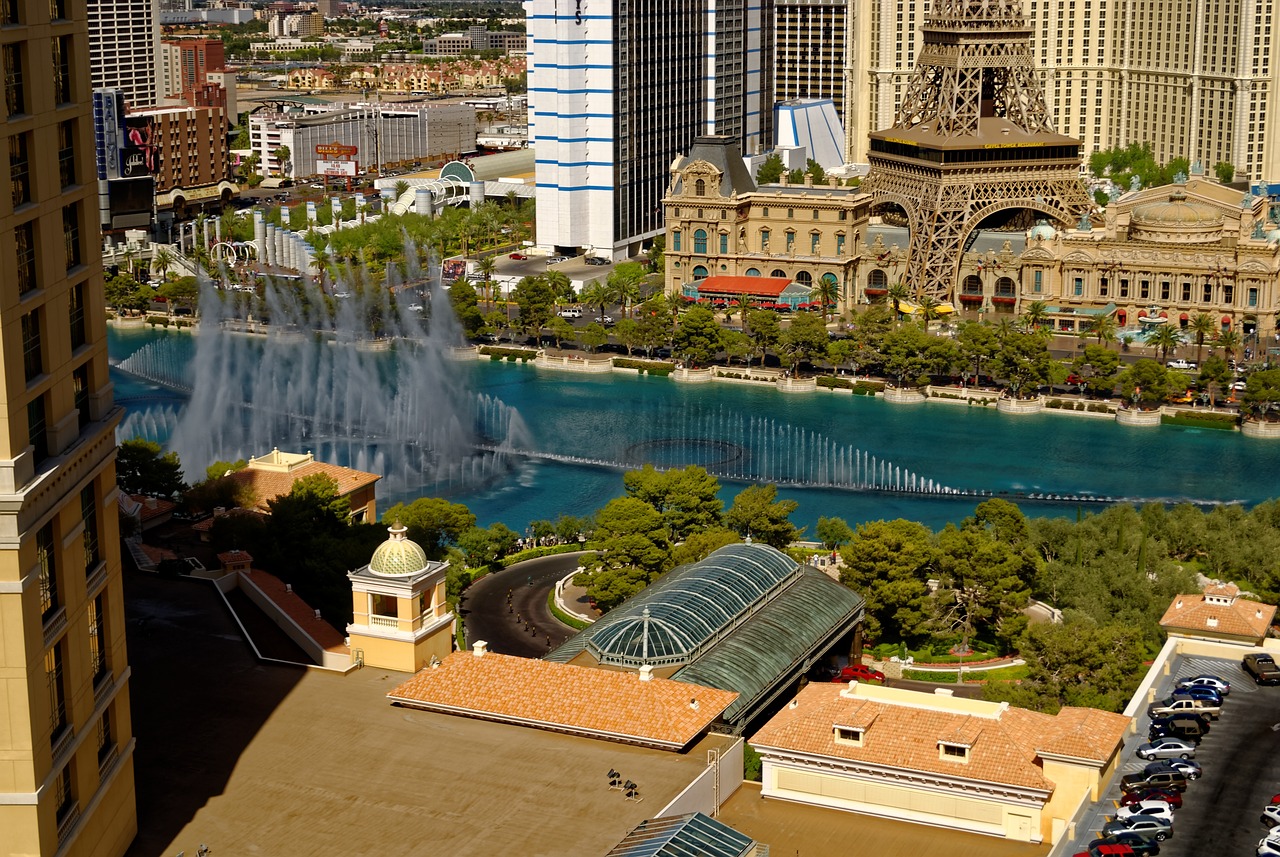The Role of Visual Effects in Virtual Reality Disaster Relief Training for Community Leaders
laserbook247, lotus 299.com, 11xplay reddy login password:Virtual reality (VR) technology has revolutionized the way we approach disaster relief training for community leaders. By incorporating visual effects into VR simulations, we are able to provide a more immersive and realistic training experience that prepares leaders to effectively respond to emergencies and natural disasters.
Engaging in virtual reality disaster relief training allows community leaders to experience various disaster scenarios firsthand, without the risk of physical harm. Visual effects play a critical role in creating realistic environments that simulate the chaos and challenges of real-life disasters. From collapsing buildings to flooding streets, these visual cues help trainees better understand the scope and severity of different emergency situations.
Here are some key ways in which visual effects enhance virtual reality disaster relief training for community leaders:
1. Realism: Visual effects make the training scenarios feel more lifelike, allowing leaders to fully immerse themselves in the situation and make decisions based on realistic challenges.
2. Emotional Impact: By incorporating visual effects that evoke emotions such as fear and urgency, VR training can help community leaders understand the emotional toll of disasters and respond accordingly.
3. Decision-making: Visual cues can help trainees practice decision-making skills under pressure, as they navigate through complex scenarios and prioritize actions to save lives and resources.
4. Team collaboration: Visual effects can simulate communication breakdowns and logistical challenges, helping leaders develop strategies to work effectively with their team members during a crisis.
5. Adaptability: VR simulations with visual effects can be easily customized to replicate different disaster scenarios, allowing leaders to practice their response to a wide range of emergencies.
6. Feedback: Visual cues can provide immediate feedback on a trainee’s actions, helping them learn from mistakes and improve their decision-making skills in real-time.
FAQs
Q: How does virtual reality disaster relief training differ from traditional training methods?
A: Virtual reality training offers a more immersive and realistic experience, allowing leaders to practice their skills in a safe and controlled environment.
Q: Are there different levels of difficulty in VR disaster relief training simulations?
A: Yes, VR simulations can be customized to offer varying levels of difficulty, from basic scenarios to complex multi-agency response exercises.
Q: How can community leaders access virtual reality disaster relief training?
A: Many organizations offer VR training programs for community leaders, either through in-person workshops or online platforms that can be accessed remotely.
In conclusion, visual effects play a crucial role in enhancing virtual reality disaster relief training for community leaders. By creating realistic and immersive simulations, we can better prepare leaders to respond effectively to emergencies and natural disasters, ultimately saving lives and minimizing damage.







